Have you been struggling with bad skin since you hit puberty? Did you think that when you hit your 20s, your skin would finally clear up, and it hasn’t?
You’re not alone. In fact, approximately 50% of women in their 20s, 33% of women in their 30s, and 25% of women in their 40s suffer from acne!
While there are countless beauty products all claiming to heal your problem skin and banish your blemishes once and for all, acne reveals that something more is going on inside and needs to be addressed.
Healing your skin from the inside out is essential and in this video, I will outline the seven most important steps to take to get lasting results with your skin.
Transcript: 7 Simple Steps to Treating Acne Holistically
Last week I shared with you about the top 10 common causes of acne. Now it would be pretty mean of me to leave it there, so in this video, I want to share with you how you can treat your problem skin naturally.
But before we get into the nitty gritty, let’s talk about the conventional treatment of acne.
Ok, so your face started breaking out when you hit puberty. You tried all the creams and face washes under the sun from Proactiv to benzoyl peroxide. You read all you could find on the internet because your skin was the bane of your life. It was sapping your confidence at school, perhaps the class bullies even made fun of you for it. And then finally, your skin began clearing up towards the end of your teenage years.
And then bang, just when you think you’ve gotten rid of it for good, it reappears like your ex with their new partner.
You are not alone. In fact, up to half of all men and women experience acne well into their 30s!
So you decide you’re going to take the next step and see a doctor. You walk into their office, sit down for 10 minutes, and then walk back out with a prescription for either antibiotics, the contraceptive pill or Roaccutane. Unfortunately, topical treatments or these medications are the standard approach to treating acne but their side effects are not something to laugh at. Benzoyl peroxide, for example, is the mainstay of popular acne treatments. It generates free radicals that damage the skin’s structure and cellular DNA. It also acts as a photosensitizer, diminishing sun-protective effects by removing the top layers of the skin. Studies have even shown benzoyl peroxide has skin tumor-promoting activity! For this reason, you can only get benzoyl peroxide by prescription in the European Union but it’s still readily available in the US.
Antibiotics and the oral contraceptive pill damage the gut microbiome and can lead to leaky gut, not to mention, skew with our hormones and moods. And Roaccutane can also cause mood changes and cause liver damage as well as inflammatory bowel disease.
What we really need are natural, safer solutions to treating acne, solutions that focus on addressing the underlying causes to get long-lasting results.
So I’m now going to walk you through the 6 first steps you can take to treat acne naturally.
1. Avoid foods with a high GI
Studies show that refined foods with a high glycemic index (such as white bread, white pasta, and sugary foods) are big triggers of acne. When your body digests foods with a high glycemic index, they enter your bloodstream faster than those with a low glycemic index. This can lead to higher glucose levels and a persistent elevation of serum insulin. They can also contribute to acne by causing more sebum production.
In fact, a 2012 study involving 2300 adolescents, found that those who consumed the most added sugars had a 30% increased risk for developing acne, and those who consumed the most sugar-filled baked goods had a 20% increased risk.
2.Keep a check on you dairy intake
For a long time, dairy has been considered the worst food for acne. Dairy may aggravate acne by raising levels of insulin-like growth factor-1 (IGF-1) and insulin, leading to an imbalance in androgens. Androgens can increase sebum production and cause keratinocytes (a type of skin cell) to go into over production resulting in clogging of follicles and comedone formation, otherwise known as acne.
Dairy products also increase the activity of an enzyme in the body called mTORC1. MTORC1 has been shown to contribute to the development of acne and various other diseases.
It is best to cut out all forms of dairy including milk, cheese, cream, yoghurt and ice-cream and look for non-dairy alternatives like nut-based milks and coconut yoghurt.
3. Replenish your gut and skin microbiomes
Your gut microbiome also plays a significant role in the health of your skin and if you have an imbalanced gut microbiome (aka dysbiosis), this can negatively affect your skin too. The bad guys in your gut, for example, can lead to the accumulation of toxic metabolites, which can access your circulatory system, making their way around your body. These metabolites can accumulate in the skin and break down the integrity of the skin barrier, reducing the skin moisture content and decreasing the production of healthy skin cells.
Dysbiosis can also activate the immune system and lead to inflammation. It is now known that inflammation precedes pustule development in acne sufferers.
Taking probiotics are a great way to replenish the good bacteria in your gut. Studies have shown that the probiotic strains Lactobacillus rhamnosus (LGG) and Bifidobacteruim bifidum used synergistically help to provide the most benefit.
You can also add probiotic creams to your skin regime. Topical probiotics such as Streptococcus salivarius promote a balanced microbiome by inhibiting the growth of pathogenic bacteria such as C.acnes. They literally serve as a protective shield, preventing colonisation by other potential pathogens.
Foods that support the gut and skin microbiome are also helpful. If you don’t already, start consuming fermented foods such as tempeh, sauerkraut, kimchi, yogurt, miso and kombucha on a daily basis. Prebiotic foods such as artichokes, leeks, onions, garlic, and a host of other fruits and vegetables help provide the fuel for the beneficial bacteria in your gut to thrive.
4. Reduce your exposure to toxins and chemicals
Reduce your toxin exposure by switching to natural skin care and make up. A lot of skincare and cosmetic products not only dry out your skin or cause your skin to produce an overabundance of oil, they contain a lot of harsh toxins which can do serious damage to your skin. Also reduce your exposure to pesticides, industrial pollutants and air pollutants as much as possible. Always remember to keep hydrated by aiming for 2-3 litres of water per day to flush out toxins via the urine.
5. Make sure your lymphatic system is moving
When lymphatic fluid is congested, it can accumulate beneath the skin and the body is forced to excrete metabolic waste products out through the skin leading to acne. Unlike the blood, lymphatic fluid doesn’t have an organ like the heart to pump it. Movement and exercise is essential as muscles compress on lymphatic vessels, pushing the lymph towards the liver. Drinking plenty of water and avoiding congestive foods like dairy and wheat can also be helpful. Dry skin brushing is another way to get your lymph moving.
6. Check your zinc levels
Zinc is the number one mineral for acne due to its role in skin health, hormones, immune function and digestion. In fact, studies have shown that acne patients of both genders have serum zinc levels on average 28.3% lower than control subjects. Zinc reduces androgen production, speeds up skin healing, balances sebum production, reduces inflammation and reduces keratin production to unclog pores. Plant-based forms of zinc include lentils, beans, chickpeas, quinoa, nuts and seeds, spinach, and mushrooms.
7. Learn to manage your stress
Finally, while having acne can be stressful, the general stresses of life can also contribute to making your acne worse as it increases inflammation. Learning to manage your stress is one of the best things you can do for your health as well as for your skin. Exercising, getting outside, meditating, practising gratitude and making sure you schedule in some play time are all ways you can help alleviate stress. Implementing some of these strategies into your life can make a huge difference to your skin.
Healing your skin takes time but addressing the underlying causes and working from the inside out is the best way in healing acne long-term. Please like and subscribe and if acne is something that you have struggled with, let us know in the comments what has worked for your skin! And if you want to learn more about the top 10 most common causes of acne, check out this video here.

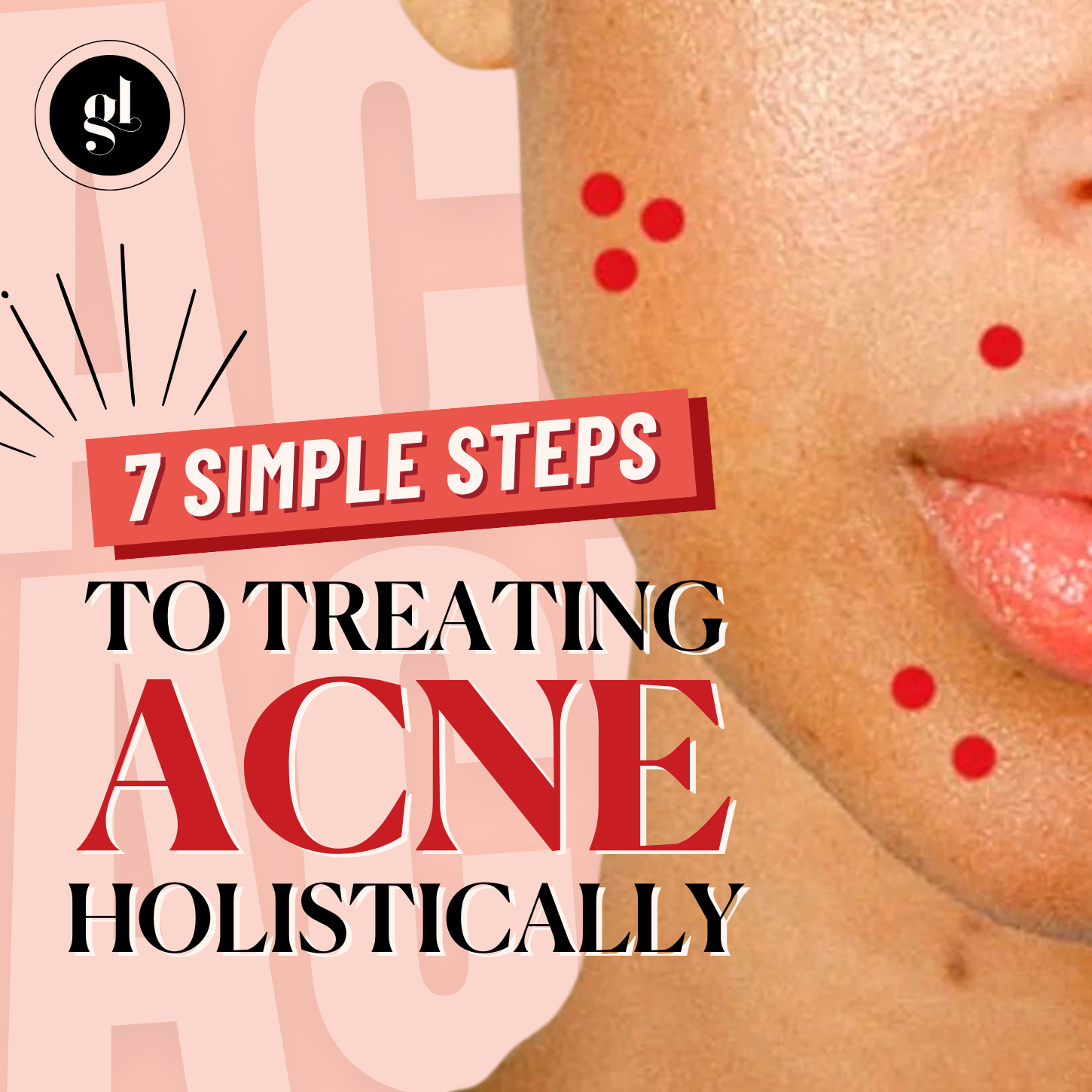

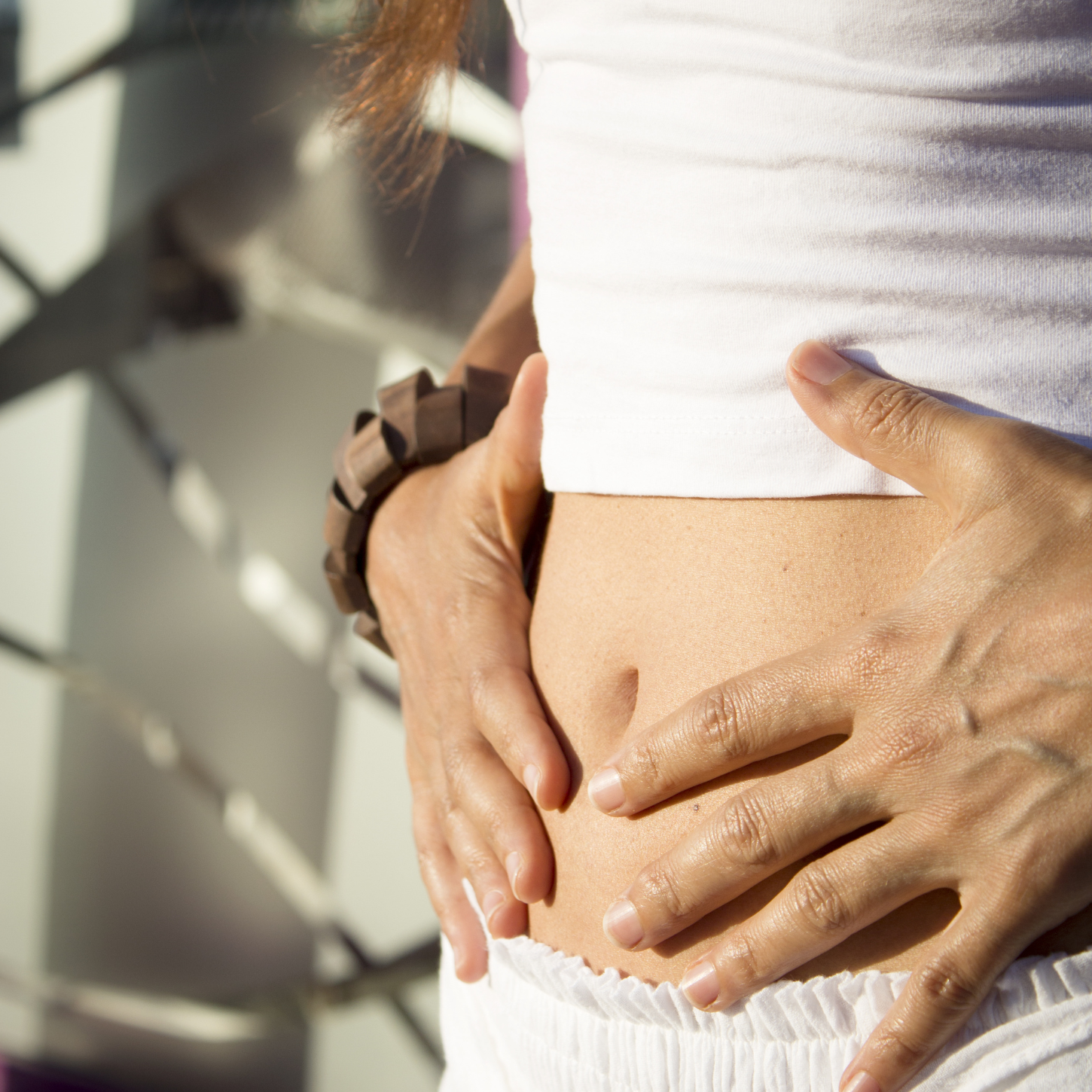
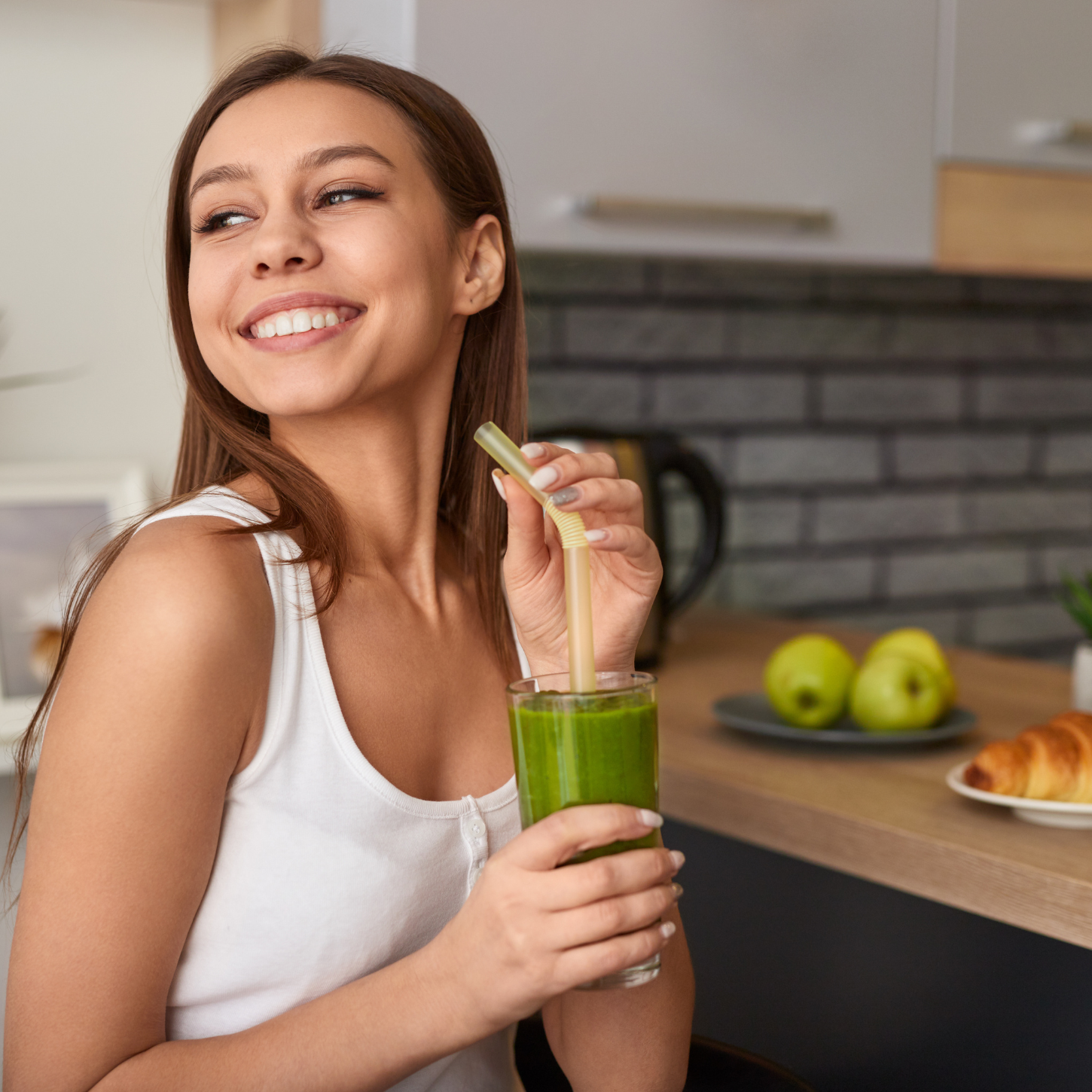



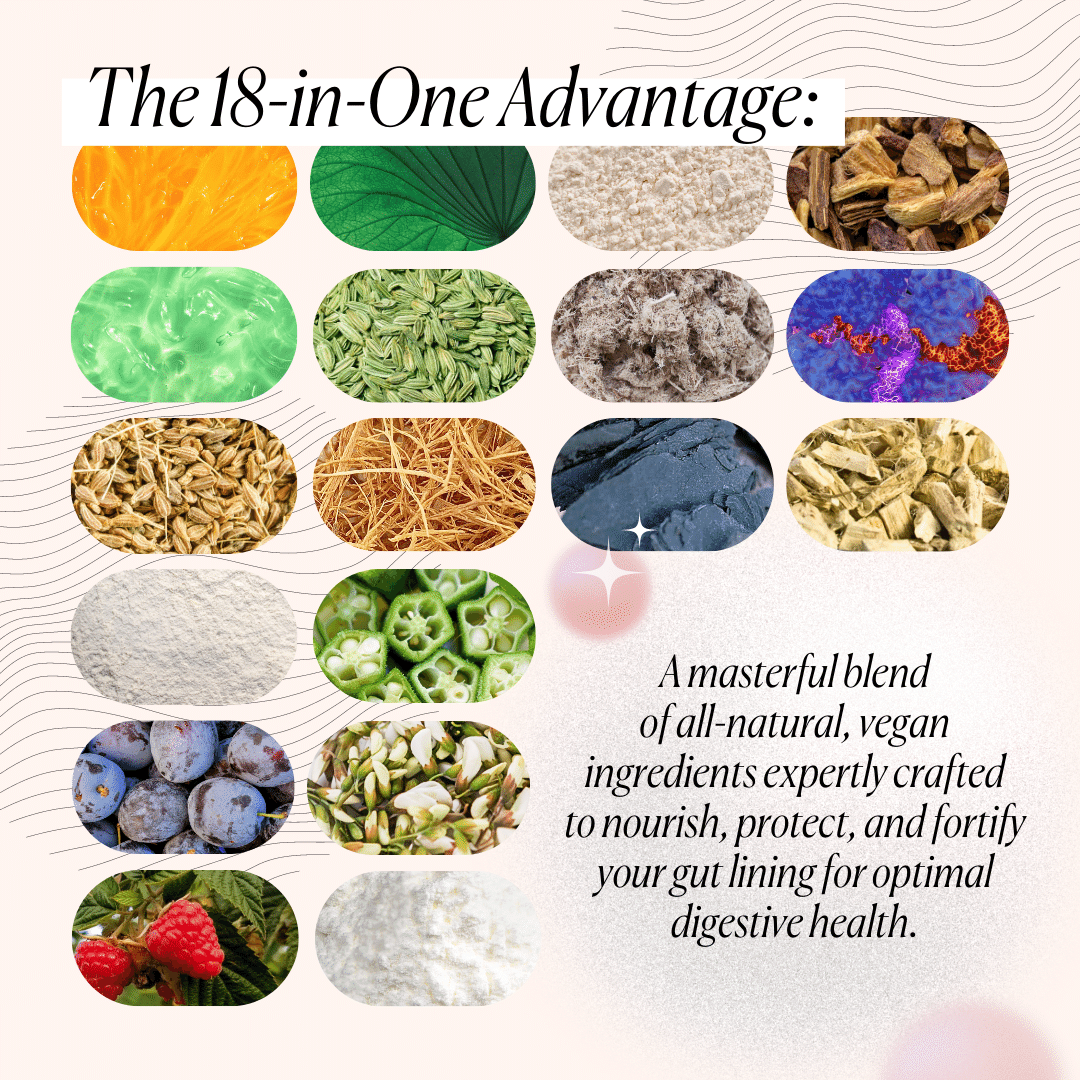
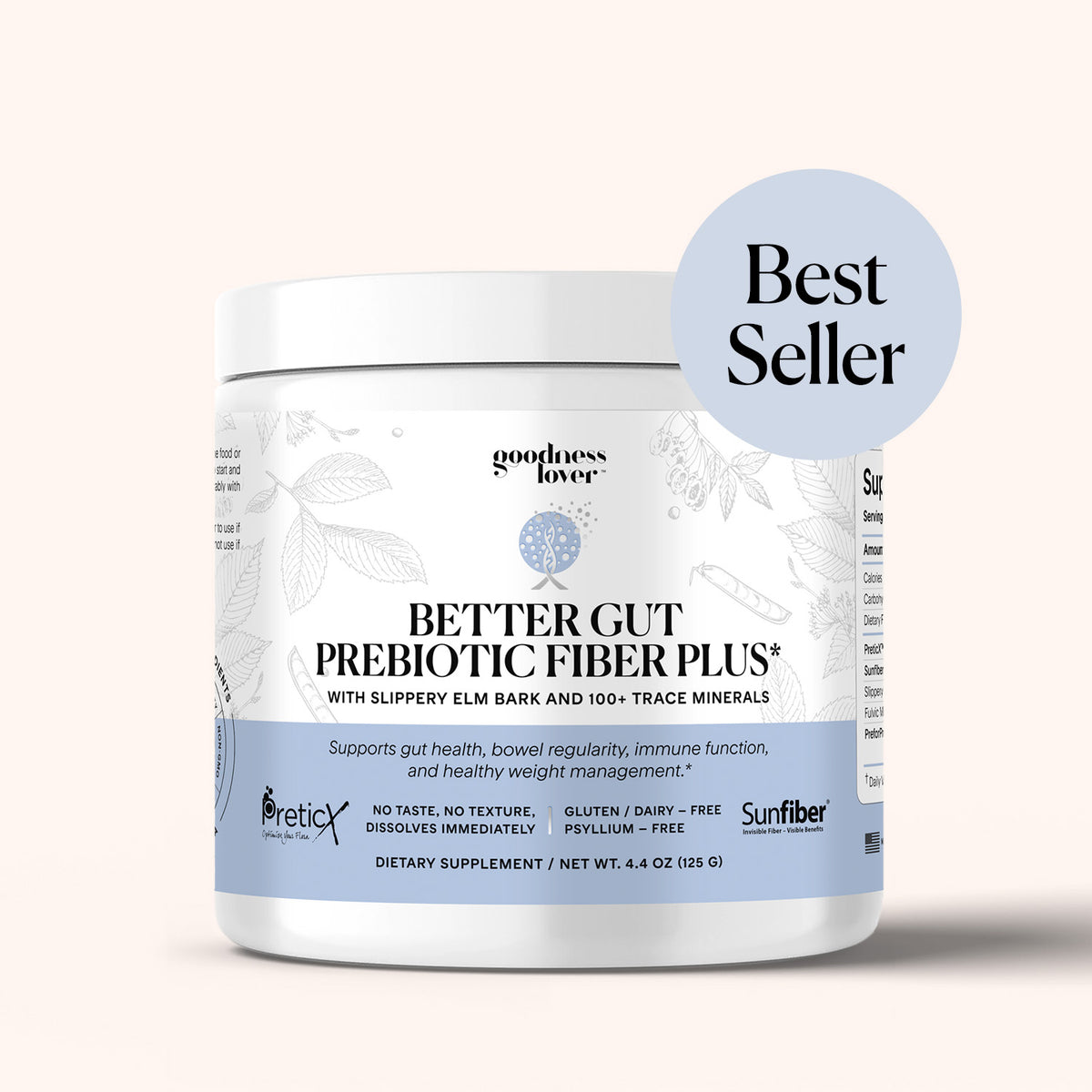

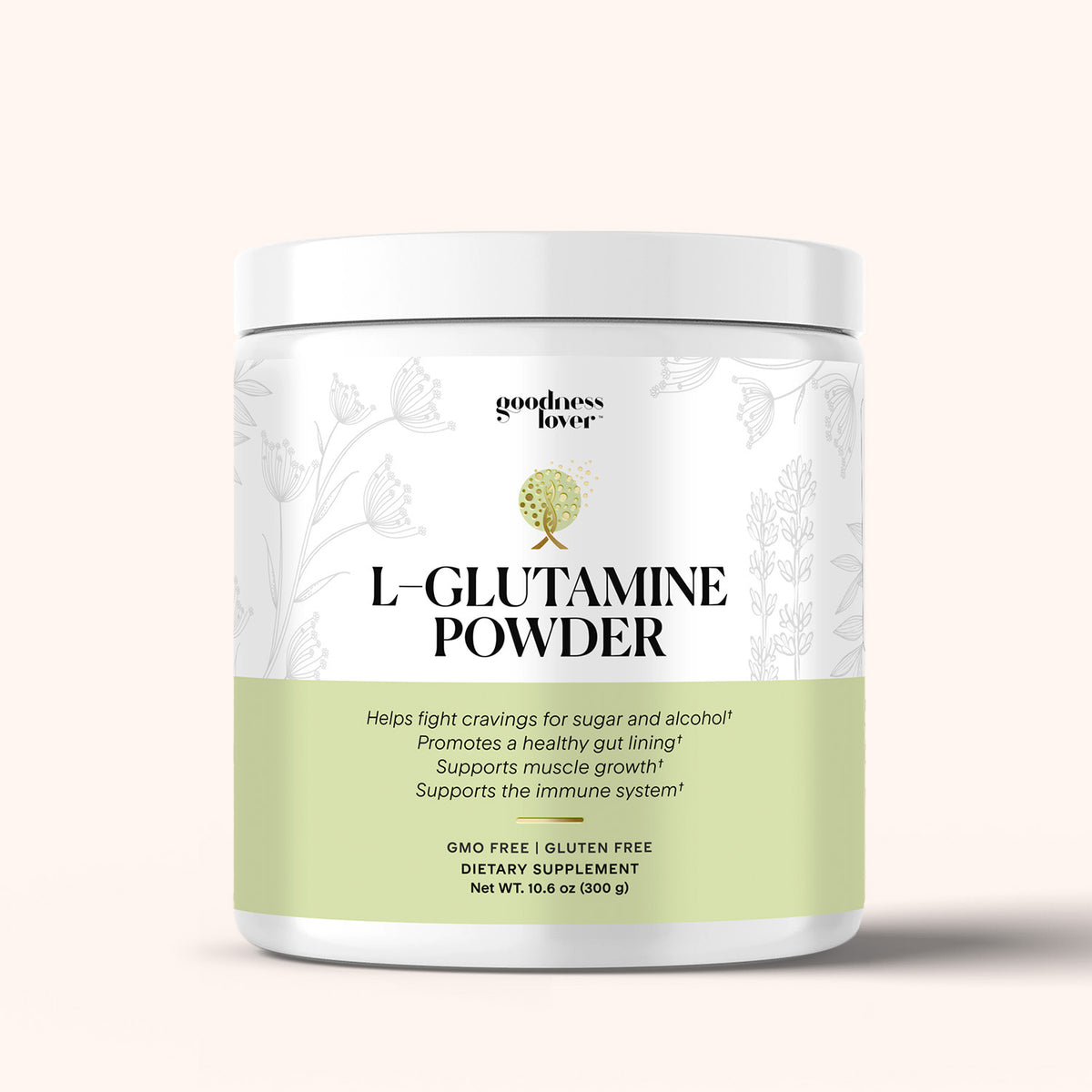
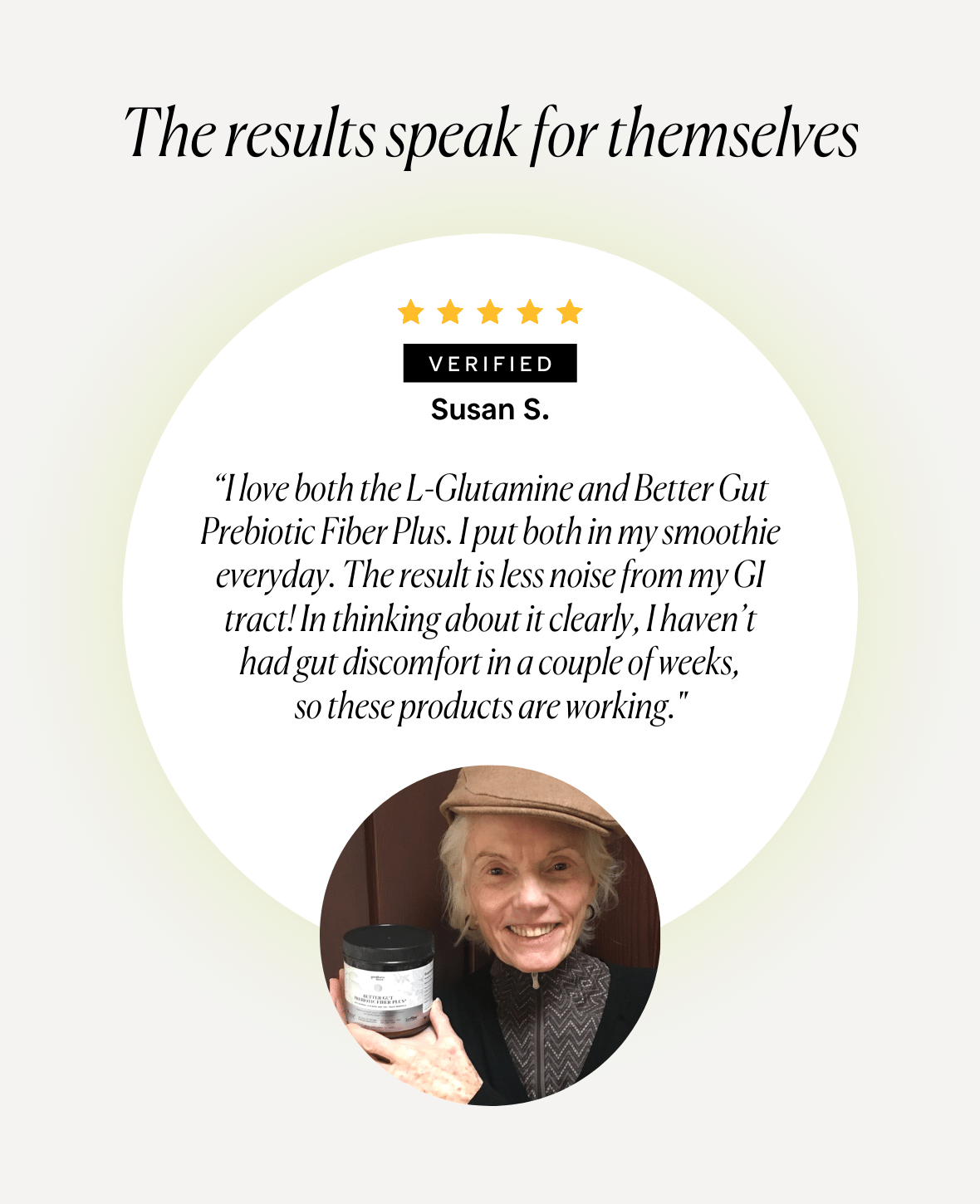
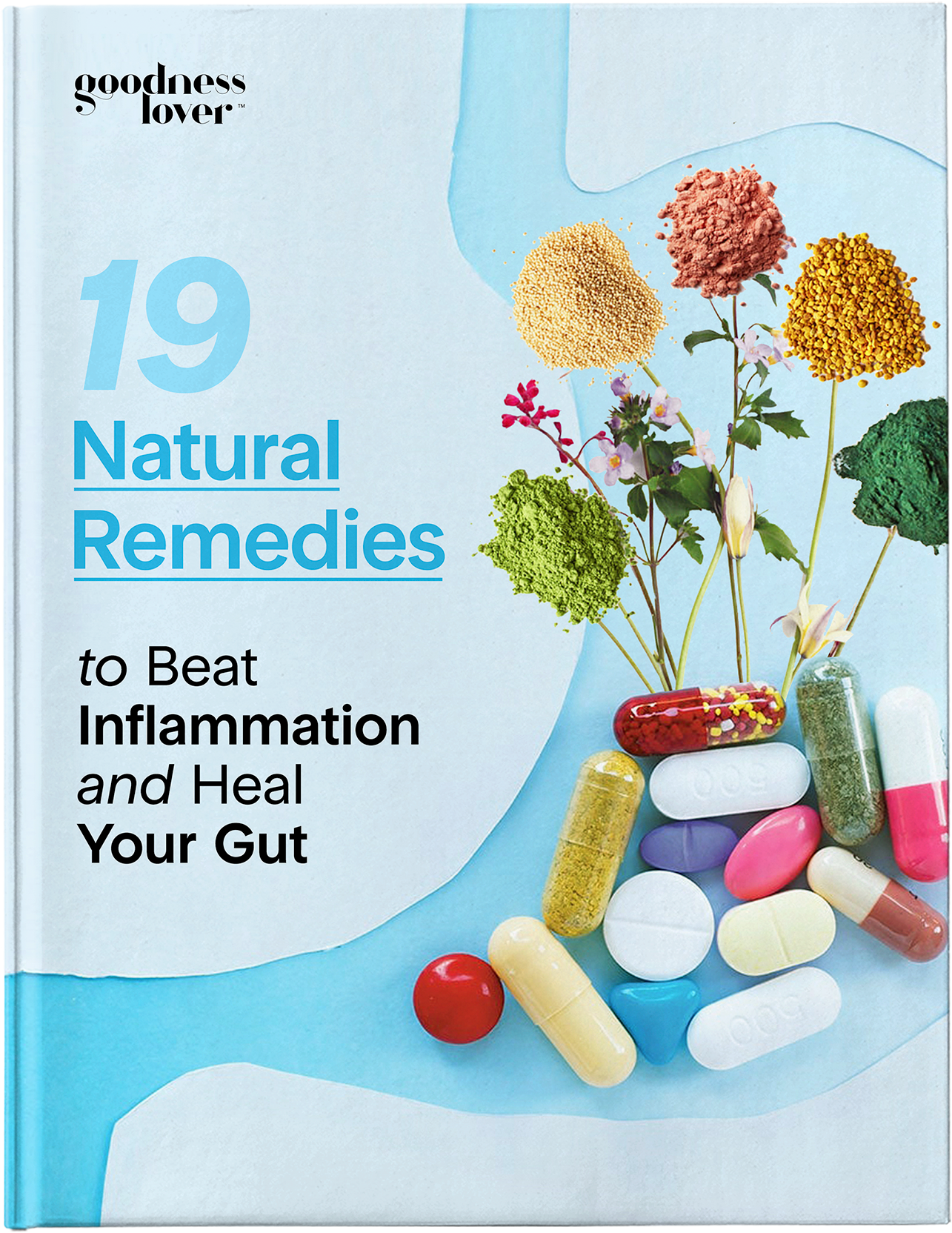
What Do You Think? Comment Below: